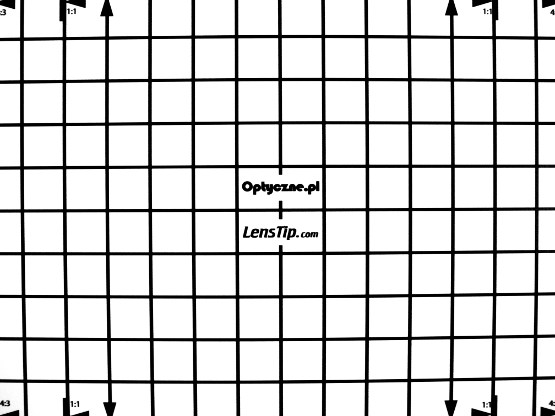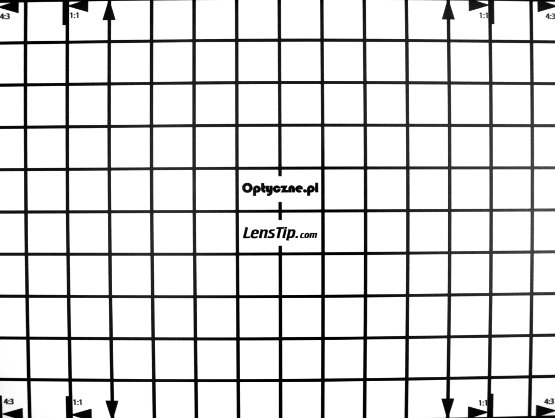Voigtlander Nokton 10.5 mm f/0.95
6. Distortion
The Nokton 10.5 mm f/0.95 of itself complicates that situation even more. Assuming the rectilinear lens mapping, the 10.5 focal length should provide a field as big as 91.7 degrees on the Micro 4/3 sensor but the producers state that value as 93 degrees. It might suggest it actually concerns RAW files and the already corrected JPEGs might have a field of view of about 91.7 degrees. We decided to check that in practice. We took a photo of starry sky and transformed the pixel system (X,Y) into the equatorial coordinate system (right ascension and declination) describing the position of stars on the sky. That way we could determine the field of view of the lens very precisely so for rays falling from infinity. In the case of JPEG files it amounted to 90.4 degrees and in the case of the RAW files it was 90.7 degrees. The measurement error didn’t exceed 0.1 of a degree.
Now it is clear that, when it comes to fields of view, the difference between JPEGs and RAW files is really slight and the resulting minimum field, exceeding a bit 90 degrees, is neither in accordance with the claims of the producer nor in a perfect accordance with the 10.5 mm focal length value, assuming the rectilinear lens mapping. When it comes to UWA lenses every degree of the field of view counts. The real field being narrower by more than two degrees than the declared value is certainly not an advantage.
Please Support UsIf you enjoy our reviews and articles, and you want us to continue our work please, support our website by donating through PayPal. The funds are going to be used for paying our editorial team, renting servers, and equipping our testing studio; only that way we will be able to continue providing you interesting content for free. |
- - - - - - - - - - - - - - - - - - - - - - - - - - - - - - - - - - - - - - - - - - - - - - - -
Passing already to the actual distortion measurements: we didn’t notice any measurable differences between JPEG and RAW files. After seeing that the fields of view of these two formats are in fact very similar it was easy to guess why. The results we got are −1.41% and −1.45% respectively for JPEGs and RAW files. It is a very decent result for an angle of view exceeding 90 degrees. For example the Nikkor’s AF-S 20 mm f/1.8G ED distortion level was −1.53% so slightly higher; still you should remember that lens features a bit wider field of view.
| Olympus E-PL1, JPEG | |||

|
|||
| Olympus E-PL1, RAW | |||

|
|||






